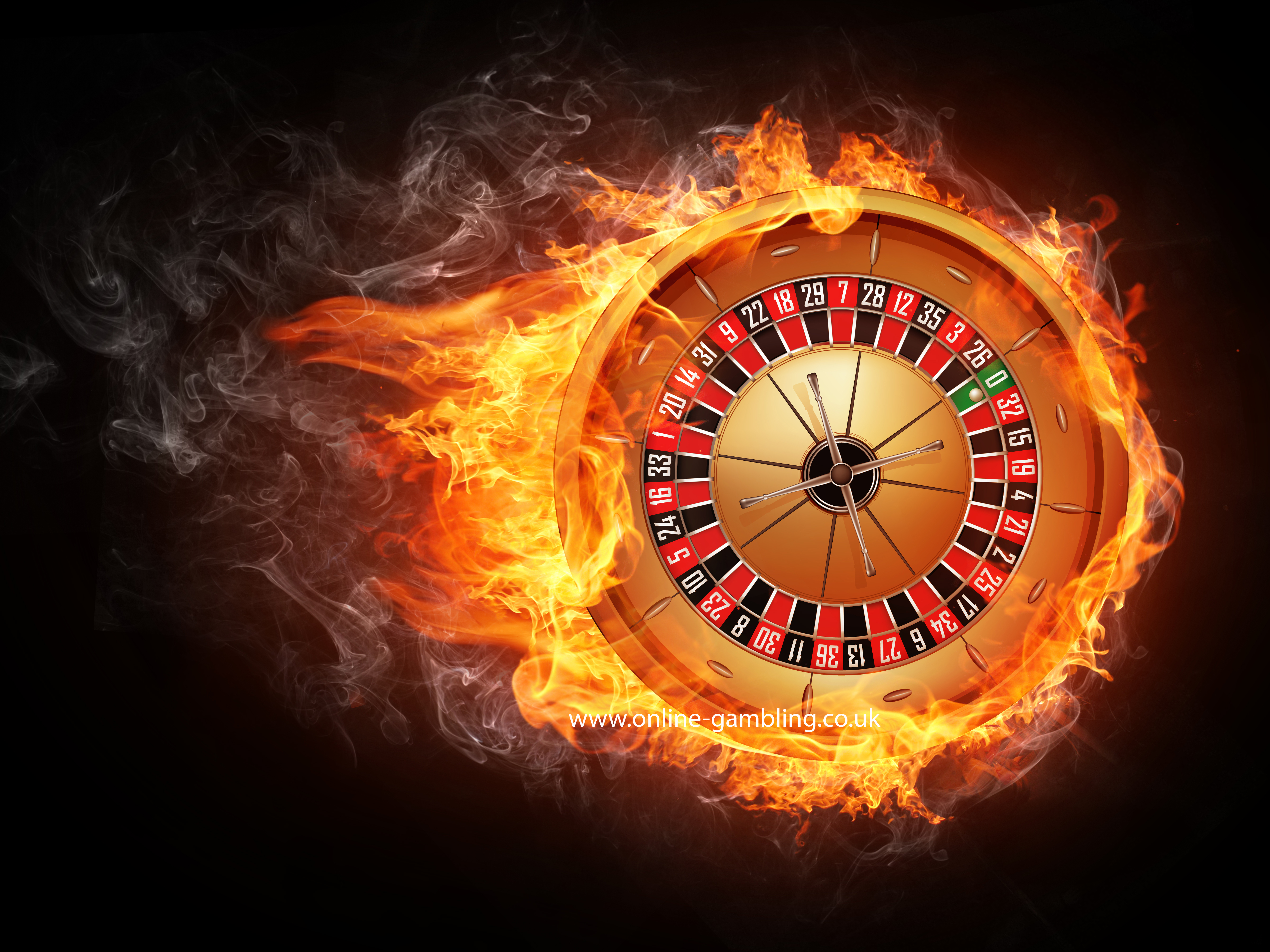
Within a lively and exciting world of gaming establishments, where fortune and strategy intertwine, hues and design play a critical role in drawing in players. https://winvn.london/ From the moment players step inside a casino or access a gaming website, they are immersed in a visual feast that captures their attention and lures them to explore further. Bright colors, engaging graphics, and innovative layouts are carefully crafted to create an atmosphere of excitement and expectation, ultimately enhancing the gaming experience.
While players move through the dynamic landscape of casino games, they come across a variety of designs that not only serve aesthetic purposes but also affect feelings and decision-making. Colors like scarlet and gold symbolize riches and fortune, while calm blues and greens can create a more tranquil environment. Understanding how these elements function together allows casinos to create an inviting and stimulating atmosphere that encourages players to engage with the games, spend more time at the tables, and increase their overall enjoyment.
The Study of Hue in Gaming Establishments
Tint plays a crucial role in the design of casino games, affecting players’ feelings and responses. Bright and striking hues, such as red and gold, are often used to ignite enthusiasm and draw notice. These colors create a sense of urgency and energy, encouraging gamblers to engage more enthusiastically with the activity. By thoughtfully selecting colors, creators aim to evoke emotions of satisfaction and excitement, which can enhance the complete gaming experience.
Distinct shades also have psychological connotations that can affect how participants perceive their chances of victory. For instance, emerald is frequently associated with fortune and abundance, making it a frequent choice in activities like roulette and poker games. This connection can result participants to feel more hopeful and assured in their gaming, ultimately encouraging them to stake more. Comprehending these associations allows game developers to craft environments that enhance player satisfaction and loyalty.
Furthermore, the layout of gambling game interfaces often employs blended colors and differing shades to instruct player actions. For instance, winning results may be emphasized with vivid, contrasting colors, creating a visual incentive. This method reinforces positive outcomes and encourages repeated engagement. By leveraging the science of color, casinos can create activities that not only draw players but also maintain them engaged and committed in their gaming experience.
Design Elements that Engage Gamers
The visual appeal of casino games is largely influenced by the use of vibrant colors. Bright and contrasting colors are deliberately chosen to create an inviting atmosphere that captures interest. For instance, reds and golds often signify good fortune and wealth, which is why they are common in the color schemes of slot machines and table surfaces. These colors not only draw players in, but they also stir emotions associated with excitement and anticipation, enhancing the total gaming experience.
In addition to color, the aesthetic and layout of casino games play a crucial role in captivating players. Games are designed to be user-friendly, ensuring that players can easily understand the rules and mechanics. User-friendly interfaces, along with captivating graphics and animations, help maintain player interest and encourage extended play sessions. The tactile elements, such as the feel of the controls and the audio of the games, also add to a holistic sensory experience that keeps players engaged.
Finally, conceptual elements in game design can greatly influence gaming decisions. Many casino games are inspired by media, myths, or exploration motifs, featuring symbols and characters that connect with players. winvn These themes create a sense of immersion and connection, making each game feel distinct. When players feel a bond to the theme, they are more likely to opt for that game over others, leading to increased participation and enthusiasm within the casino environment.
Case Studies: Effective Casino Slot Designs
One prime example of successful casino game design is the popular slot machine series based around blockbuster movies. Games such as those based on the Wizard of Oz and Game of Thrones utilize vibrant colors and superior graphics to enthrall players in recognizable narratives. The application of moving visuals and captivating sound effects captures the focus of players, establishing an emotional connection to the theme. This strategy not only encourages longer play but also enhances the overall gaming experience, resulting in increased player retention.
Another successful case is the application of color psychology in table games like 21 and the wheel. Casinos often develop these games with dark reds and greens, colors traditionally associated with luck and wealth. For instance, the emerald felt on a blackjack table provides a calming effect, while the red accents in the wheel invite excitement. This intentional use of color helps to create an inviting atmosphere that encourages players to join in, addressing their psychological impulses and enhancing their enjoyment.
Finally, social casino games that feature social features and bright, lively designs have experienced remarkable success in engaging players. Games like Zynga’s Poker and Slot-O-Mania leverage striking colors and playful animations to create an inviting online environment. The integration of leaderboards, social sharing options, and in-app rewards fosters competition and community, pulling players in for longer sessions. Such designs not only make the games visually appealing but also emphasize community engagement, a crucial factor in player retention and engagement within digital casino environments.